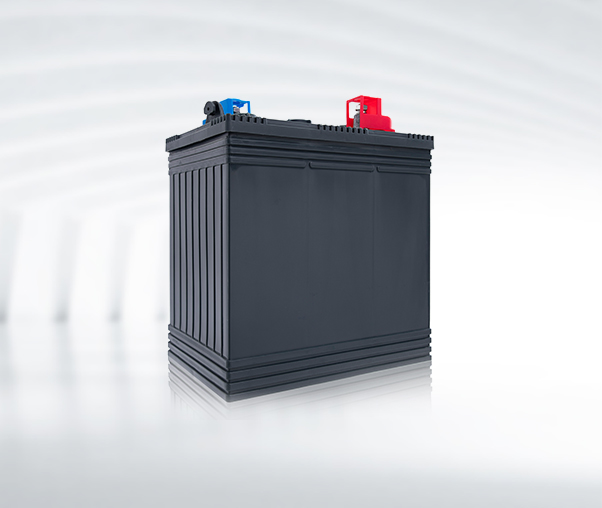Common Wiring Harness Problems and What You Can Do
Common Wiring Harness Problems and What You Can Do
A wiring harness is a tightly configured bundle made up of individual wires ' each with its own protective outer-jacket. This bundle can be dropped into an electrical system to significantly simplify and expedite the installation process instead of placing each wire one at a time. Due to their compact formation, wiring harnesses reduce movement and abrasion, prevent short-outs, and can extend the lifespan of an electrical assembly compared to an assembly of individual wires. However, despite numerous benefits, wiring harness problems can arise.
Wiring harness problems typically manifest in three ways. Here's what you need to know and how to remedy issues:
1. Wiring Harness Design Mistakes
The design phase is the crux of any electrical product outcome. If initial measurements are off, or the wiring size doesn't meet the amperage and wattage demands of the application, these discrepancies can quickly create problems, such as overheating, improper fit or alignment with the application and surrounding electrical components, and other potentially serious issues.
The fix:
A well-structured design process involving CAD software and rapid prototyping services.
Rapid prototyping implements a variety of techniques to produce a scale model of a physical part quickly. The process often involves 3D computer-aided design (CAD) and 3D printing, which allows design teams to avoid expensive tooling. Rapid-prototyping for wiring harnesses provides your team with a physical, at-scale model of the design that can be handled, assessed in granular details, tested, corrected and validated before the design enters the mass manufacturing phase, where wiring harness problems can cost considerably more to fix.
2. Wiring Harness Manufacturing Mistakes
Wiring harnesses are machine-made. If the machine isn't well maintained or the technician applies incorrect settings, wiring harness problems can result. Some of the most common manufacturing mistakes occur due to improper wire layout, poor connection to the harness chassis, or the complexity of the design. Defective crimping or soldering also represents a common and critical issue in the manufacturing of wiring harnesses. Every electrical joint represents a vulnerability. That vulnerability escalates considerably if the crimping or soldering work is performed by an inexperienced technician that either use the wrong technique for the application or does not execute the skill correctly.
The Fix:
A manufacturing partner that employs skilled laborers and implements lean, quality-controlled processes, such as cellular manufacturing, to produce products.
If you are looking for more details, kindly visit Suntex Electronics.
Additional reading:Revolutionizing Energy Efficiency: The Future of Resistors in Myanmar?
Comparing Precision Resistors: Which Brand Rules?
Are high power resistors the key to energy-efficient electronics in the future?
NTE Electronics 1W130 RESISTOR 1 WATT METAL ...
What is the comparison of diode rectifier?
Understanding Ultra Fast Diodes: Benefits and Applications Explained
Fast recovery diode AC to DC
Manufacturing mistakes are often the byproduct of poor processes, quality control and lack of communication on the floor. The most progressive manufacturers lean into Industry 4.0 and adopt advanced new ways to drive efficiency up and cost down. Cellular manufacturing doesn't guarantee perfection, but it is proven to considerably lower the risk of manufacturing mistakes and defects. This is because of its sequential line setup, which allows technicians to identify wiring harness problems early in the manufacturing process rather than later when cost and time become critical factors.
3. Poor Quality Materials For Wiring Harnesses
When it comes to wiring harness problems, the old adage, you get what you pay for, couldn't be truer. Budgets have a tendency to dictate purchasing decisions, and when they do, teams will often opt for cheap materials, such as copper alloy, instead of OEM-grade copper for critical components such as wiring and terminals. Even more important is the overmolding material used to protect the wiring harness from external elements. Inadequate overmolding is partly the result of poor design processes, which should take environmental factors into account when developing products.
The Fix:
Look for solutions backed by experienced electrical engineers.
Making smart decisions about electrical components is not always a straightforward task. More often than not, product teams will benefit greatly from the guidance and expertise of OEM engineers who are most familiar with the wiring harness manufacturing processes and capabilities. Consulting with an engineer that specializes in wiring harnesses will ensure that the right questions and considerations are discussed before making design and order decisions. They also have the insights needed to avoid common wiring harness problems and maximize investments.
When searching for a manufacturing partner that will significantly reduce the risk of wiring harness problems, look for the following trust signals:
- Features in industry-recognized publications
- ISO certification
- In-house product certification capabilities
- A root cause analysis-quality improvement program
To learn more about what you need to know before making a purchase, take a look at our free Buyer's Guide.
Want more information on Wire Harness Supplier? Feel free to contact us.
Additional reading:Eye Bolts: The Reliable Workhorses of Various Industries
Revolutionize Your Power Supply: Fast Bridge Rectifier Explained
Understanding Fast Recovery Diodes: Key Applications and Benefits
Key Questions to Ask When Choosing an All-in-One Industrial Computer
How to Choose the Right Industrial All-in-One Computer?
What Are the Advantages of all industial resistor manufacturer?
5 Types of Touch Screen Monitors








